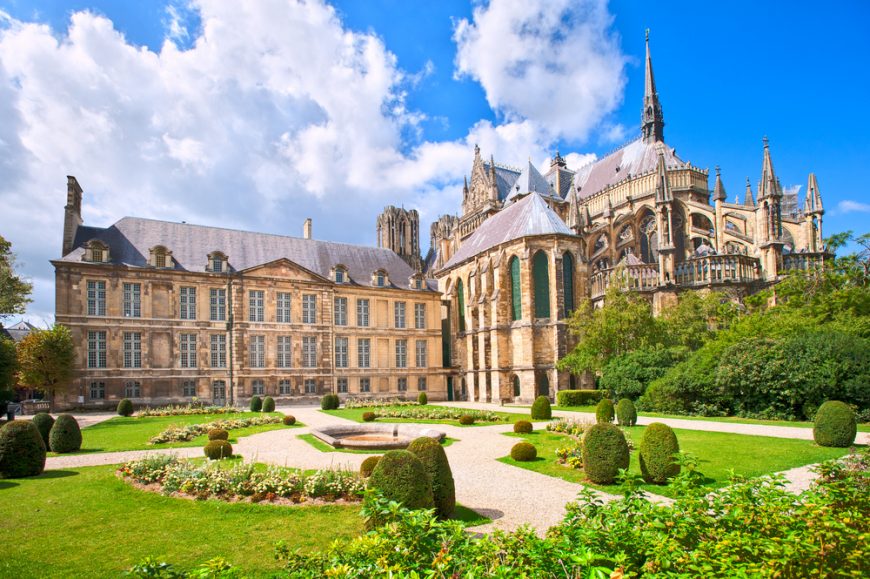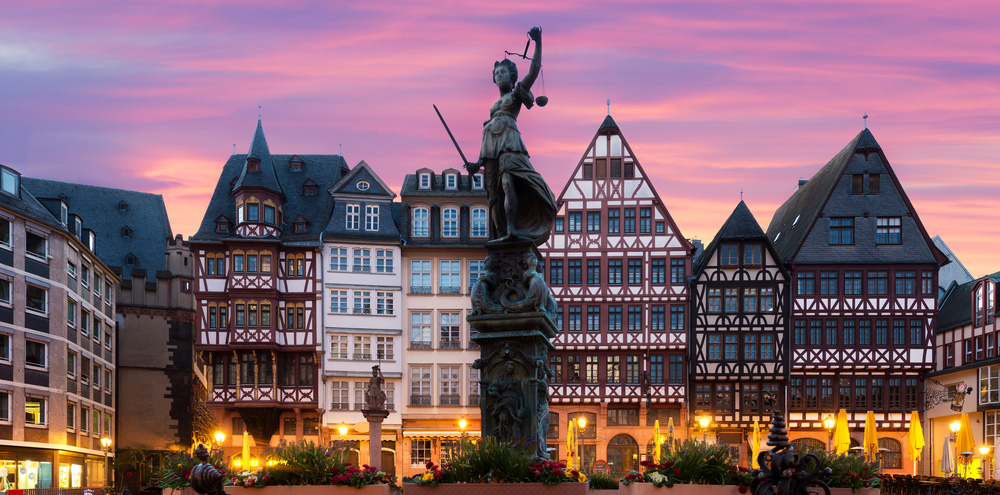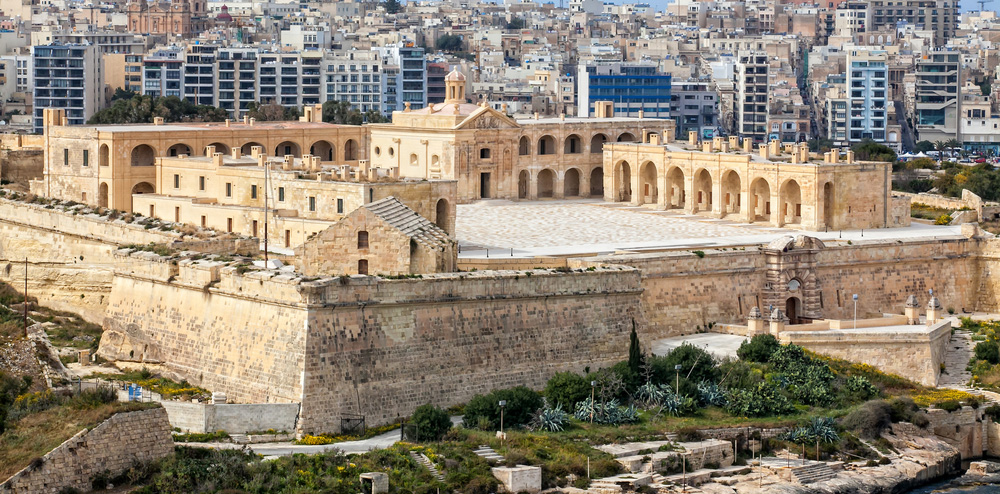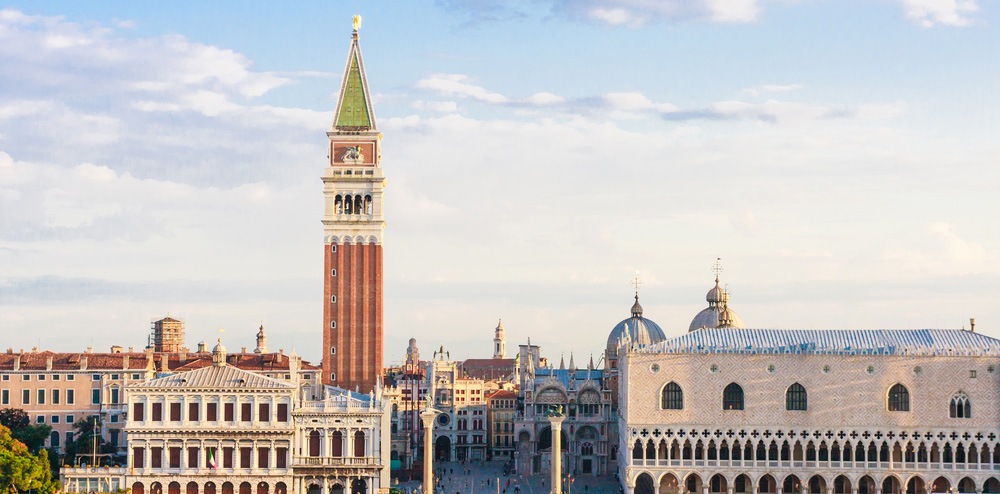On April 15th, 2019, the whole world watched in shock as Notre Dame burst into flames. Thankfully, much of the cathedral’s structure, including its iconic bell towers and flying buttresses, survived the blaze. It will likely be closed to tourists for years, but a flood of donations has already put restoration plans in motion.
In the future, the 2019 fire and reconstruction will be just another chapter in Notre Dame’s storied history, as is true of the following landmarks. Perhaps you’ve even visited some of these resilient buildings without knowing their past.
Reims Cathedral: Reims, France

Just north of Paris in the region of Champagne, the Reims Cathedral is about as old as Paris’ Notre Dame. Once totally destroyed by fire and rebuilt in 1210, the cathedral suffered even more damage during an English siege a century later, and caught fire again in the year 1481. This most recent fire destroyed the framework, bell tower, and roof, but the cathedral was hastily rebuilt. During World War I, the cathedral suffered again when a German attack took out the windows, damaged the facade, and set fire to scaffolding. But in about a decade it was rebuilt again, and has been standing tall ever since.
[viator_tour destination=”5049″ type=”1-mod” tours=”17408P26″]
Hiroshima Castle: Hiroshima, Japan

At the end of World War II, Hiroshima lost many of its cultural sites and artifacts when the U.S. dropped the atomic bomb on the city. The blast took out the foundation of the 500-year-old Hiroshima Castle, which collapsed. In 1957 the main keep of the castle was rebuilt, and today it’s a functioning museum covering Hiroshima’s pre-war history. Walk the castle grounds and you can still find the remains of the other buildings that once stood on the property before the bomb blast.
[viator_tour destination=”4661″ type=”1-mod” tours=”13441P129″]
The Altstadt: Frankfurt, Germany

After the bombing of Frankfurt during World War II, the city’s downtown center—the Altstadt—was completely destroyed. For decades, it was thought that the medieval charm of the city would be lost forever. But today, thanks to the Dom-Roemer Project, you can again walk through Frankfurt’s Altstadt. This massive project included the reconstruction of over 35 working shops, restaurants, and apartments.
[viator_tour destination=”489″ type=”1-mod” tours=”89617P10″]
Ribeira Palace: Lisbon, Portugal

In 1755, the city of Lisbon was almost totally destroyed by one of the deadliest earthquakes in recorded history. Large fissures opened up in the streets, a tsunami overtook the harbor and downtown area, and the city burned in a fire caused by hundreds of candles that had been lit for All Saints Day just moments before the earthquake began. Many lives were lost in addition to culturally significant buildings, like the Ribeira Palace, which housed the royal library and irreplaceable paintings by Flemish and Italian masters. Eventually, as the city recovered, the square was rebuilt and rebranded as the Square of Commerce. Some decorative details were changed and the area served a new purpose for the city, but the plaza was designed in the style of the lost palace.
[viator_tour destination=”538″ type=”1-mod” tours=”5383PRIVLISBONTOUR”]
Cathedral of Christ the Savior: Moscow, Russia

In the early days of the Soviet Union, many cathedrals were demolished as the result of Stalin’s anti-religious campaigns, including Moscow’s Cathedral of Christ the Savior. Soviet leaders originally selected the site of the church as the place to build a Palace of the Soviets, an administrative center which would also serve as a monument to the regime—but it was never built because Germany invaded during World War II. After the war ended, an outdoor public pool was built on the site in 1954.
After the fall of the U.S.S.R. in the 90s, the Russian government set out to rebuild many churches throughout Russia, including the Cathedral of Christ the Savior. In 1994, the cathedral was rebuilt according to the exact design of the original architect.
[viator_tour destination=”5066″ type=”1-mod” tours=”11498P10″]
Fort Manoel: Valetta, Malta

Originally constructed in the 18th century by the Knights of Malta, Fort Manoel was occupied by the British military for most of its existence. Located on Manoel Island in the capital city Valletta, the fort was largely ruined during World War II, officially decommissioned in 1964, and fell into disrepair until its 2001 restoration began. At time of writing the restoration is still ongoing, but the fort is open to visitors. It’s also popularly known as a filming location for Game of Thrones.
[viator_tour destination=”4141″ type=”1-mod” tours=”5361PRTMLAVALLETTA”]
Frauenkirche: Dresden, Germany

This 18th-century church was destroyed during the World War II bombing of Dresden, when the foundation collapsed under the weight of its large dome. For fifty years, the ruins of the Frauenkirche were left as they were, as a memorial to the war. Five decades later the city began reconstruction of the church. Completed in 2005, the church is now fully restored, its high dome once again rising 300 feet over the Dresden skyline.
[viator_tour destination=”22375″ type=”1-mod” tours=”7239P1″]
Yellow Crane Tower: Wuhan, China

Dating back to 223 A.D., China’s Yellow Crane Tower has been destroyed (by fire and wars) and rebuilt a total of twelve times. No stranger to the reconstruction process, the tower now sits in a new location, less than a mile from the original site, and was most recently rebuilt in 1985. Considerably more modern than its past iterations, today’s Yellow Crane Tower includes an elevator, and is one of the most popular tourist attractions in China.
[viator_tour destination=”36668″ type=”1-mod” tours=”32685P57″]
Stari Most: Mostar, Bosnia

During the Croat-Bosniak War of the 1990s, Bosnia’s iconic Stari Most, or Old Bridge, was bombarded by gunfire and crumbled into the river. After the war, reconstruction was made possible thanks to the United Nations Protection Force, which, aided by contributions by many countries, rebuilt the bridge. Local materials were used and stones from the original bridge were recovered for reconstruction. Today, the bridge is most famous not just for its fairy-tale look and Ottoman influence, but also for cliff-diving. Each summer it hosts annual bridge-jumping competitions.
[viator_tour destination=”22322″ type=”1-mod” tours=”40034P2″]
St. Mark’s Campanile: Venice, Italy

Originally built during the 9th century, Saint Marks Campanile suffered lightning strikes, earthquakes, and multiple fires in its lifetime. In July of 1902, a large crack appeared in the side of the tower it soon collapsed in a pile of rubble. About 10 years later, the tower was rebuilt to its original state, with the exception of a new elevator. Today, travelers can visit the tower in Saint Mark’s Square for the best views of Venice.
[viator_tour destination=”522″ type=”1-mod” tours=”73434P56″]
More from SmarterTravel:
- 10 Modern Engineering Marvels Every Traveler Should See
- 10 World Heritage Sites to See Before They’re Gone Forever
- The 14 Most Unique Hotels in the World
Jamie Ditaranto is a writer and photographer always looking for her next adventure. Follow her on Twitter @jamieditaranto.
We hand-pick everything we recommend and select items through testing and reviews. Some products are sent to us free of charge with no incentive to offer a favorable review. We offer our unbiased opinions and do not accept compensation to review products. All items are in stock and prices are accurate at the time of publication. If you buy something through our links, we may earn a commission.
Related
Top Fares From
Today's Top Travel Deals
Brought to you by ShermansTravel
France: 8-Night Paris, Avignon & Nice...
Infinity Worldwide Vacations
 vacation
$2880+
vacation
$2880+
Poconos: 3 Nts in Garden of...
ResortsAndLodges.com
 hotel
$305+
hotel
$305+
7-Nt Canada & New England Cruise,...
Princess Cruises
 cruise
$839+
cruise
$839+




